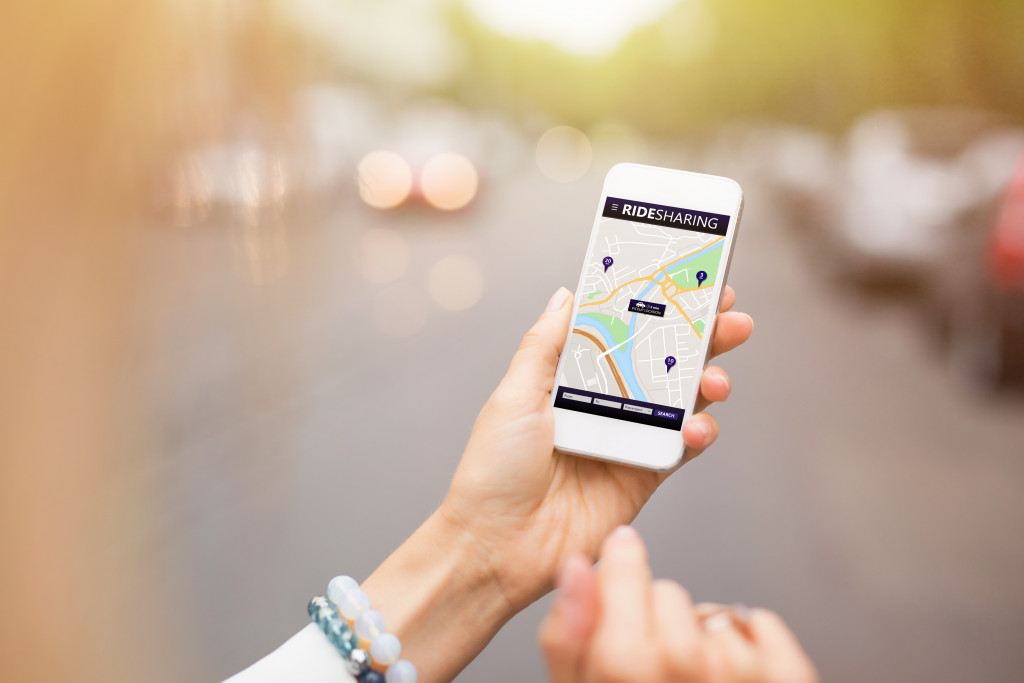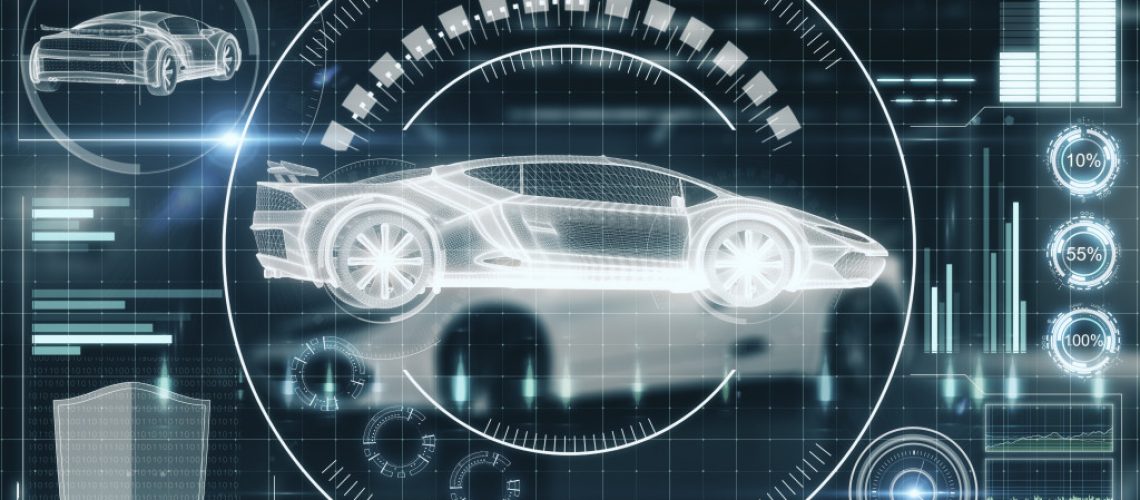- Autonomous vehicles utilize sensors, computers and artificial intelligence to navigate their environment without human input.
- Alternative fuel vehicles run on fuels other than gasoline, such as electric, natural gas and hydrogen fuel cells.
- Ride-sharing services provide customers with cost estimates upfront, allowing them to pay electronically and track their rides in real time.
- Connected and automated transportation allows vehicles to communicate to receive alerts about hazards, traffic conditions and road works.
- Electric bikes and scooters are becoming increasingly popular for their convenience, zero emissions and mobility benefits.
You’ve most likely experienced many transportation technologies today, from electric cars and driverless vehicles to ride-sharing services. These advances are rapidly changing the way people commute and travel all around the world. Here are five key technologies that have been driving this transformation in the world of transportation:
1. Autonomous Vehicles
Autonomous vehicles (AVs) are cars or trucks outfitted with sensors, computers and artificial intelligence (AI) capable of navigating their environment without needing any human input or intervention. AVs introduce a number of benefits to our transportation systems, such as greater safety, improved efficiency, fewer emissions and reduced traffic congestion. Additionally, AV technology can help reduce road accidents caused by drowsy or distracted driving.
2. Alternative Fuel Vehicles
Alternative fuel vehicles are cars or trucks that run on fuels other than gasoline. This includes hybrid, electric, natural gas and hydrogen fuel cell vehicles. Alternative fuel vehicles offer many benefits, such as reducing environmental emissions and increased efficiency due to higher energy conversion rates than gasoline-powered engines.
Additionally, they often require less maintenance than traditional combustion engine cars and can help reduce the industry’s dependence on fossil fuels. Many businesses are now investing in alternative fuel vehicle fleets to reduce their carbon footprint. Innovative moving companies turn to electric or hybrid vehicles in their fleets to reduce their environmental impact. Logistics companies also switch to natural gas or hydrogen fuel cell vehicles for their long-haul trucking operations.
3. Ride Sharing Services

Ride-sharing services such as Uber, Lyft and Didi provide an estimate of cost up front, allow you to pay electronically without worrying about cash and let you keep track of your ride on your phone in real-time. They also provide drivers with more flexible working hours since they don’t have to go through dispatchers or wait for fares. Ride-sharing also helps reduce city traffic by taking cars off the road, as one ride can accommodate multiple passengers at once.
Here are just some major ways ride-sharing has changed transportation:
Increased Accessibility
Ride-sharing has made it easier and more affordable for people to get around in their cities. These services offer reliable and safe transportation options, provide detailed information on estimated costs upfront and make it easy to pay electronically.
Reduced Traffic Congestion
By offering shared rides, ride-sharing services help reduce the number of cars on the road, which in turn helps ease traffic congestion and cut down on emissions from idling cars stuck in gridlock.
New Job Opportunities
Ride-sharing companies are creating thousands of new job opportunities for drivers who want flexible hours or want to supplement their income with some extra cash.
Improved Safety
With ride-hailing apps such as Uber, you can track your ride in real-time and even rate your driver afterward. This helps give customers more control over their safety and makes sure they get where they need to go safely.
4. Connected and Automated Transportation
Connected transportation technology combines the advantages of autonomous vehicles with other communication technologies such as Wi-Fi, Bluetooth and 5G internet speeds to enable real-time information exchange between vehicles and other objects on the road (such as pedestrian crossings). This allows AVs to receive alerts such as hazards ahead, traffic conditions and road works to make more informed driving decisions.
This connected vehicle infrastructure can also help reduce fuel consumption, improve safety and reduce traffic congestion. Vehicle-to-vehicle communication continues to become more integrated into society as smart cities start to emerge. Multiple smart devices in city infrastructure, such as smart traffic lights, sensors, and cameras, can all communicate with each other and vehicles to provide more efficient transportation services.
5. Electric Bikes and Scooters

Electric bikes and scooters are becoming increasingly popular in cities due to their convenience, lower running costs and environmental benefits. They require no gas or oil, have zero tailpipe emissions, and can be folded or stored when not used. They also allow for greater mobility as they are lightweight, small enough to fit in your car, and can be easily used to access public transportation. Introducing these electric vehicles has revolutionized how people get around cities, allowing users to cover short distances quickly while avoiding traffic jams. This is especially beneficial for those living in densely populated areas as they can avoid the hassle of finding parking spots or dealing with traffic jams.
In Summary
The technologies mentioned above push the boundaries of what is possible in transportation today, allowing people to travel safely and efficiently. The potential for connected vehicles, electric vehicles and other innovations is inspiring a new wave of exploration into more efficient forms of transportation to reduce traffic congestion and emissions and make everyone’s daily commutes safer and more convenient. It’s an exciting time for ambitious entrepreneurs and inventors who want to revolutionize how people get from point A to B.

